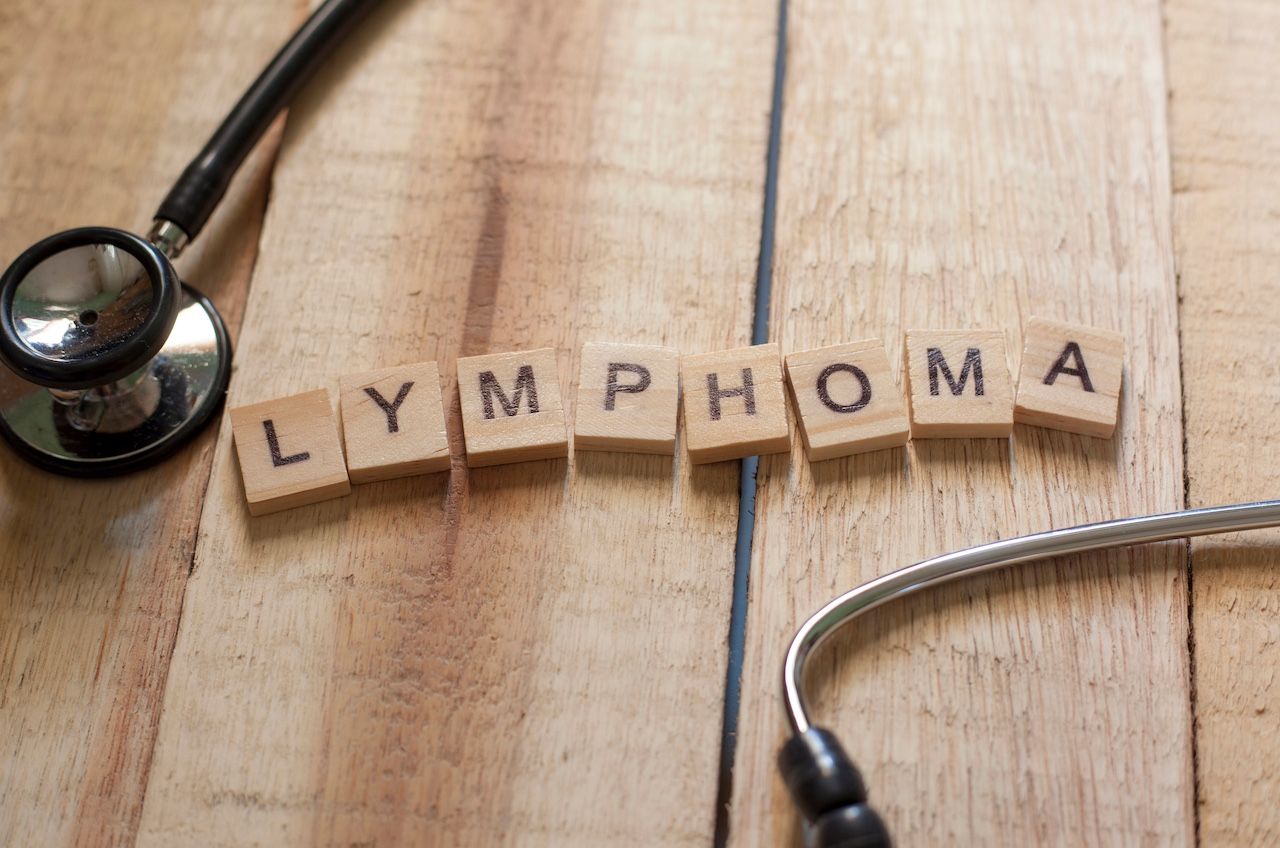- Center on Health Equity & Access
- Clinical
- Health Care Cost
- Health Care Delivery
- Insurance
- Policy
- Technology
- Value-Based Care
R-CHOP Leads to Positive Outcome in Rare Case of Collision Lymphoma
The patient had both classical Hodgkin lymphoma and diffuse large B-cell lymphoma.
A rare case of collision lymphoma—2 morphologically and clinically distinct neoplasms in juxtaposition but without intermingling—highlights the challenge faced by physicians when there is no clear standard of care.
The study authors wrote about their case in Cureus.
In this case, a 45-year-old woman sought medical care for a palpable left inguinal lymph node. Although she reported fatigue over the last several months, she denied common early signs of lymphoma, such as weight loss, fever, night sweats, or chills. After a physical examination showing a nontender, fairly immobile 2-cm nodule in the patient’s left groin, an ultrasound was performed, which measured the lymph node at 2.57 x 1.95 x 1.34 cm with hypervascularity, the authors said. A biopsy was performed, and the result was a diagnosis of classical nodular sclerosing Hodgkin lymphoma (HL) and germinal center diffuse large B-cell lymphoma (DLBCL).
In this case study, a patient presented with classical Hodgkin lymphoma and DLBCL | Image credit: airdone - stock.adobe.com

“Prior to treatment, immunohistochemical studies of the inguinal lymph node revealed Hodgkin/Reed-Sternberg cells expressing antibodies to CD30, CD15, and variable CD20 and PAX-5,” the authors reported. “In contrast, the confluent areas of large cells show a different phenotype: uniform and strong CD20 expression along with PAX-5, CD10, BCL6, and BCL2. Of note, these areas were negative for CD30 and CD15, with an increased Ki-67 proliferation fraction of 50%-60%.”
The investigators decided to build their treatment approach around the DLBCL, since that was the most aggressive component of the case.
“R-CHOP has become the standard of care for patients with newly diagnosed DLBCL,” they noted, and the hope was that it would also lead to remission for the HL component. Based on the patient’s body surface area, the dosage for R-CHOP was adjusted, and the patient received 600 mg of rituximab (Rituxan; Genentech/Biogen), 1260 mg of cyclophosphamide, 80 mg of doxorubicin, 2 mg of vincristine (Oncovin), and 100 mg of prednisone.
The patient reported several adverse effects, including headaches, nausea, and fatigue, although they resolved after the completion of her regimen.
Postchemotherapy imaging showed no evidence of persistent or recurrent disease, suggesting a complete response to therapy. Physicians then prescribed radiation therapy, consisting of 14 Gray (Gy) in 7 fractions of 3-D conformal radiation therapy (3D-CRT) and 16 Gy in 8 fractions of volumetric modulated arc therapy (VMAT), all over the course of 18 days. The case report authors said the reasoning behind using 2 modes of radiation therapy was an initial denial by the patient’s insurance of VMAT. Clinicians opted to move forward with 3D-CRT while challenging the insurance denial, so as not to delay the patient’s care. They said the patient tolerated the symptoms associated with radiation well.
A month after radiation, the patient was doing well, with no reported symptoms. Her care team planned to follow-up with PET/CT every few months, but anticipated an excellent prognosis for the patient.
Mazraani and colleagues noted that the ABVD (Adriamycin [doxorubicin], bleomycin, vinblastine, dacarbazine) regimen is considered the standard treatment for patients with HL, but they said there is no clear treatment standard for this particular combination, and they said existing evidence suggests R-CHOP might still confer protection against HL progression.
“In up to 20%-30% of patients with cHL [classical HL], Reed-Sternberg (RS) cells express CD20,” they wrote. “Anti-CD20 monoclonal antibody rituximab may be an effective therapeutic strategy in cHL, both by direct killing of RS cells and by targeting the surrounding microenvironment.”
The authors said the diversity and complexity of lymphomas makes it difficult to explain exactly how a case of collision lymphoma occurs. They said more research is warranted. In the meantime, they said they hope their report helps to start the process of understanding how best to treat such cases.
Reference
Mazraani B, Nasser B, Loving B, Awad ZN, Quinn TJ. A rare presentation of collision diffuse large B-cell lymphoma and Hodgkin lymphoma treated with R-CHOP and adjuvant radiation therapy. Cureus. 2024;16(1):e52630. doi:10.7759/cureus.52630
